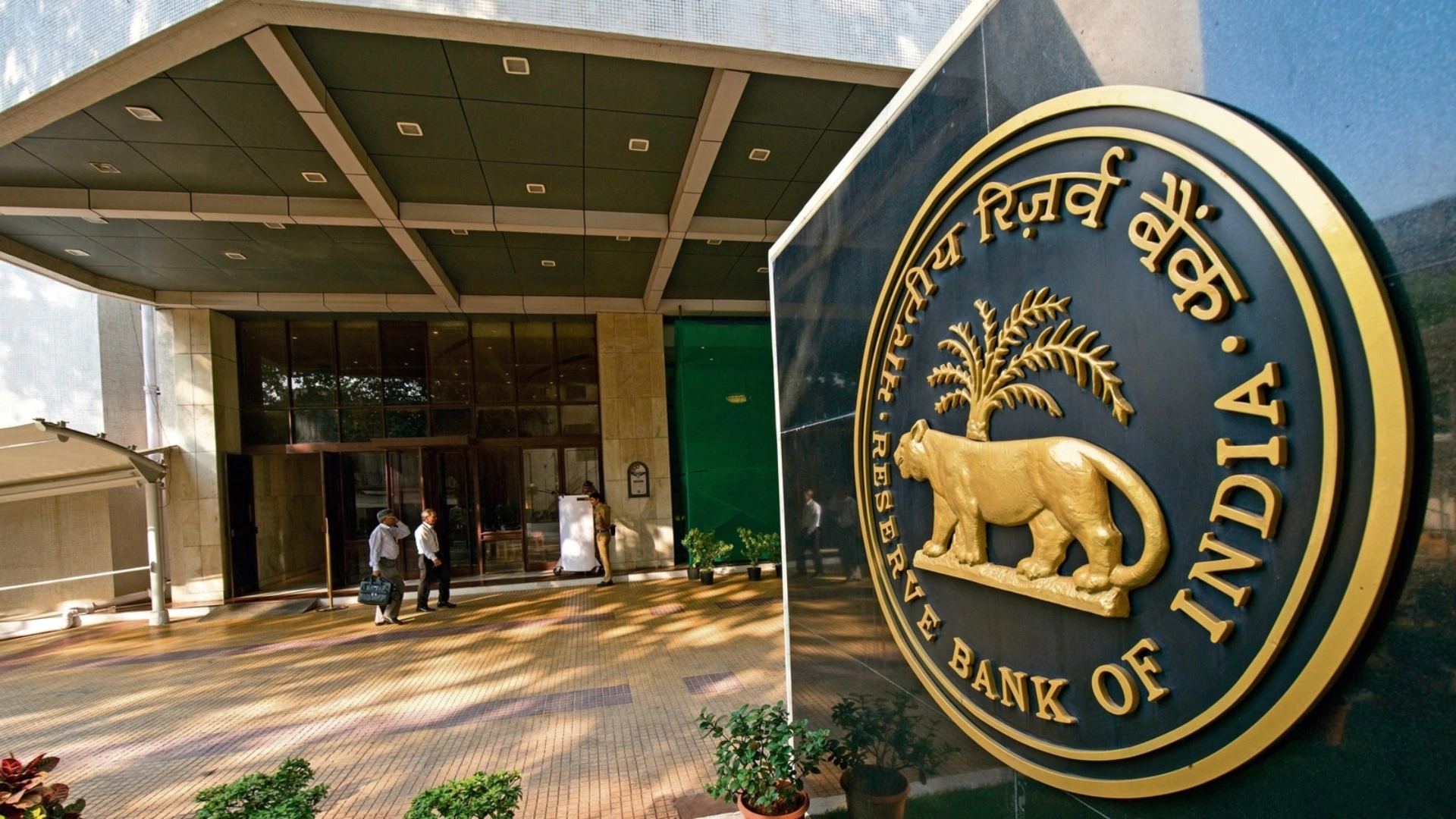| ➡️ Get instant news updates on Whatsapp. Click here to join our Whatsapp Group. |
The Reserve Bank of India (RBI) reduced the policy repo rate by 25 basis points last week, bringing it down from 6.5% to 6.25%. This decision has sparked anticipation among borrowers and depositors, as people await changes in lending and deposit rates by banks.
SBI to Revise Lending Rates Soon
State Bank of India (SBI) Chairman CS Setty has confirmed that the bank will adjust its lending rates linked to the External Benchmark Lending Rate (EBLR) within this month. Speaking to Business Standard, Setty stated, “We will have an Asset-Liability Committee (ALCO) meeting this week, and the new rates will be effective from this month itself.”
Deposit Rates Unlikely to Drop Immediately
Despite the repo rate cut, deposit rates may not see an immediate reduction. Setty noted that most banks are expected to maintain their current deposit rates for now, as credit demand remains strong in the ongoing quarter.
“They may wait until this quarter ends before making any changes. This is a busy period with high credit demand, and banks need sufficient deposits to support lending. While a few banks may lower deposit rates, most are likely to wait until the next quarter before making a decision,” he explained.
RBI Governor Hints at Gradual Rate Adjustments
On February 7, RBI Governor Sanjay Malhotra hinted at the possibility of further repo rate adjustments while keeping the Standing Deposit Facility (SDF), Marginal Standing Facility (MSF), and bank rates unchanged at 6.5%.
Deputy RBI Governor M Rajeshwar Rao added that deposit rates might take at least two quarters to reflect the repo rate cut. Governor Malhotra also clarified that changes in deposit rates under the MCLR (Marginal Cost of Funds-based Lending Rate) system would be gradual. Long-term fixed deposits, particularly those with a tenure of five years or more, will not see immediate revisions.
Future Outlook on Deposit Rates
As banks assess liquidity and credit growth, major cuts in deposit rates will likely depend on economic conditions in the next quarter. While lending rates may be revised soon, depositors might have to wait longer for any significant reductions in interest rates.
